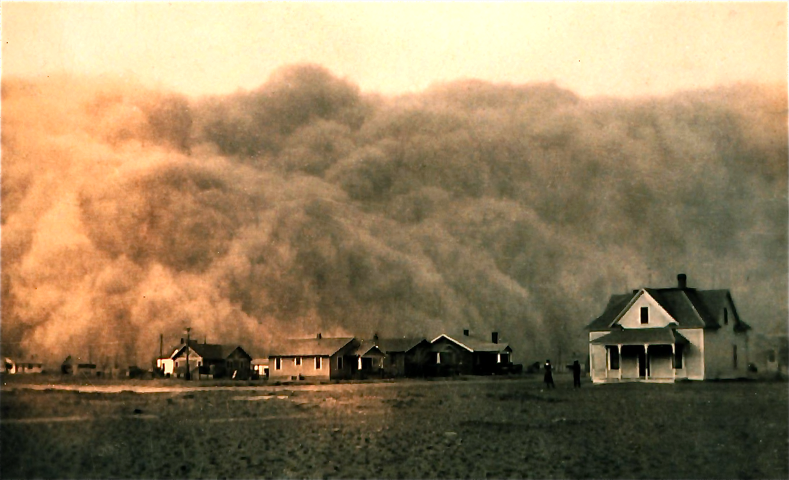Memories
neins1@aol.com89-3171
Friday was a day of memories.
Initially, I was whisked back 77 years. Where I was and what I was doing shortly after noon on the day that has lived in infamy were as real in my mind as it actually happened back then.
The statute of limitations protects me now, so I can admit that I was breaking the law. I was two years under the minimum age of 14, but I was working for pay at the Matson Theatre in Somerville.
I was popping corn for the afternoon customers when someone came in and said, “The Japanese just bombed Pearl Harbor.”
The reaction of those standing around was, “Where and what is Pearl Harbor?” The rest is well documented history.
This bit of nostalgia triggered a review of the entire ten decades of my life. Everything considered, I concluded that, outside of the wars and other international conflicts, the most significant event of my lifetime was the development and implementation of central air conditioning and heating.
This was a life changing event. It resulted in the explosive growth of the southern United States and changed the work week by eliminating the need of a siesta during the heat of the day.
This, in turn, brought back memories of the ten year drought of the 1930s, most commonly referred to as the Dust Bowl.

Typically, there was a logical adaptation to this catastrophic climate change event. There was, initially, mass migration out of the hardest hit area. Then, however, there were logical changes in farming practices that ameliorated the factors causing the dust storms during droughts.
Among the current practices that were a response to the Dust Bowl are no till farming, contour plowing, terracing, fallow periods, stubble mulch, and irrigation.
But then came another one of those pesky climate changes. The seven year drought of the 1950s descended on this part of Texas.
Once again there was adaptation. It became clear that small scale row-crop farming was not feasible for this area. This was the death knell for row cropping locally and the farms became ranches. Where cotton was once king, the throne is now occupied by livestock whose numbers can be easily adjusted for grazing conditions.
I remembered, also, my short tour of duty in Karachi, Pakistan, in the 1950s. Camels and donkeys were still the primary forms of transportation. The climate was very hot and humid, so most activity and business ended around noon. Things began moving again around 4:00 p.m. as the temperature moderated. The business day ended at dinner time around 9:00 p.m.
That was humans adapting to their climate within the facilities and equipment available to them.
Now we are on the cusp of another climate change
and we are already adapting to the new heat wave.
The warming weather has extended the grain growing season in Canada by two weeks. So, to the chagrin of the environmentalists, farmers are clearing forest land, using genetically modified seed, and moving their operations northward.
This looks like climate change providing more farm land to feed the growing world population.
So here’s the perspective.
The “scientists” living on government grants to feed temperature readings into computers and to program the computers to predict what those readings mean, are either young or did not observe how their neighbors worldwide adjusted to the constantly changing weather.
Or maybe they are my age but choose to ignore history because it would show that humans have grown, improved, and prospered throughout constantly changing climates.
Some type of life has survived three ice ages and the extreme global warming that caused all that ice to recede to the two poles and leave landmarks like the Great Lakes.
The money currently being spent on computers to analyze temperature data could serve a more practical purpose if it were used to find more efficient means of desalinating ocean water and getting it to areas facing possible droughts.
enough





